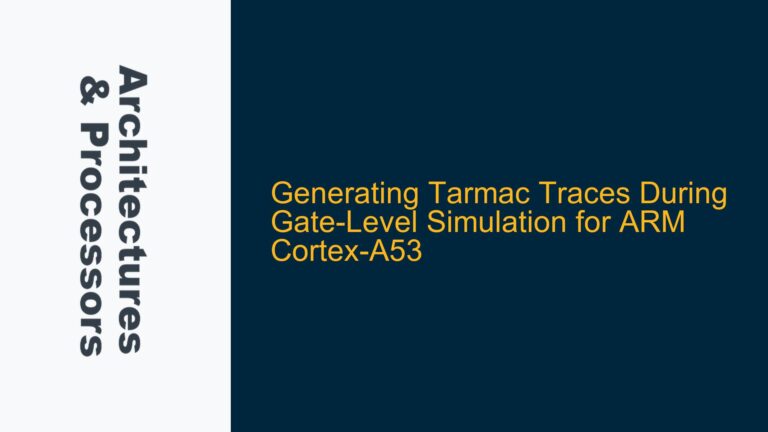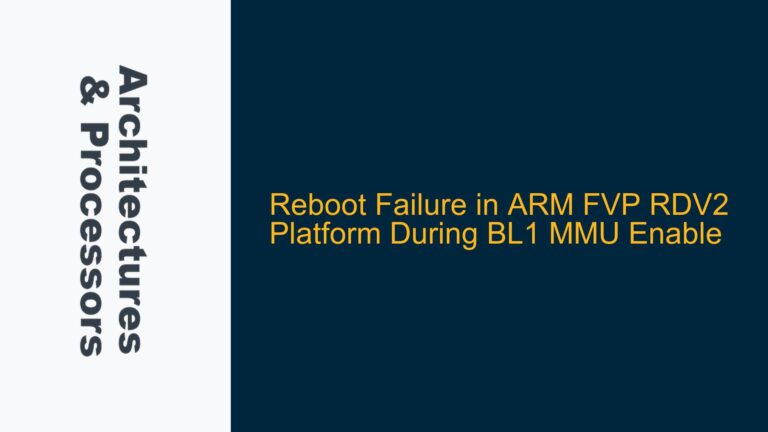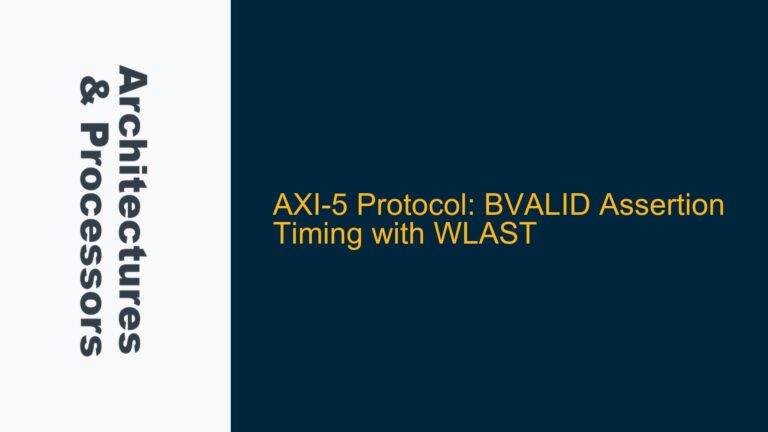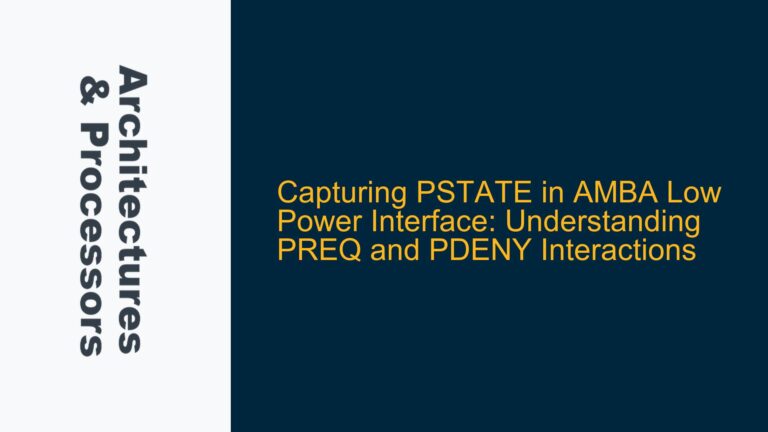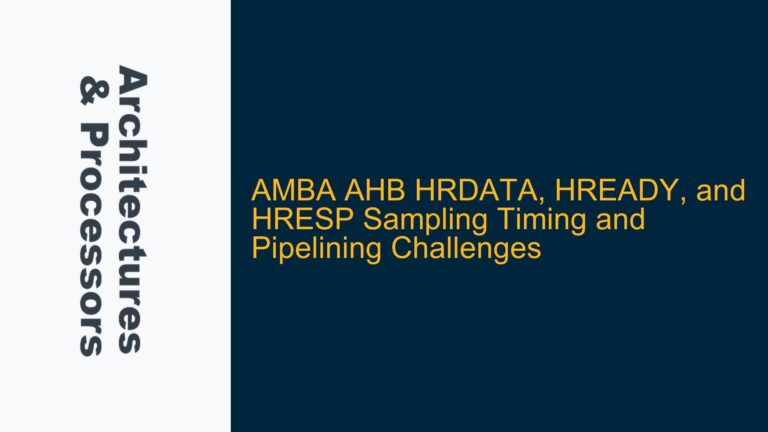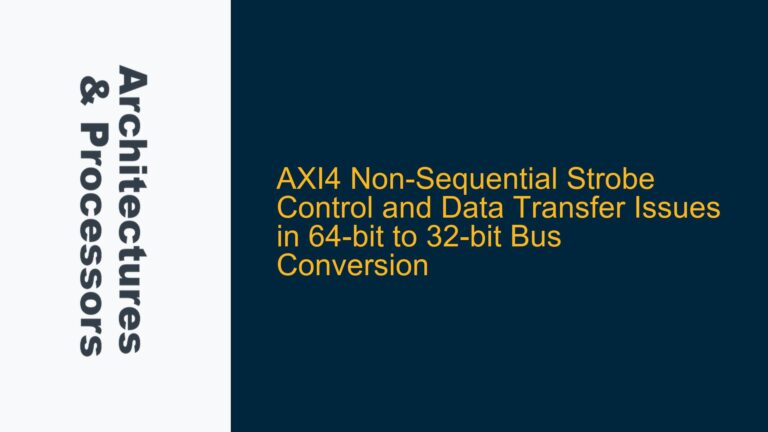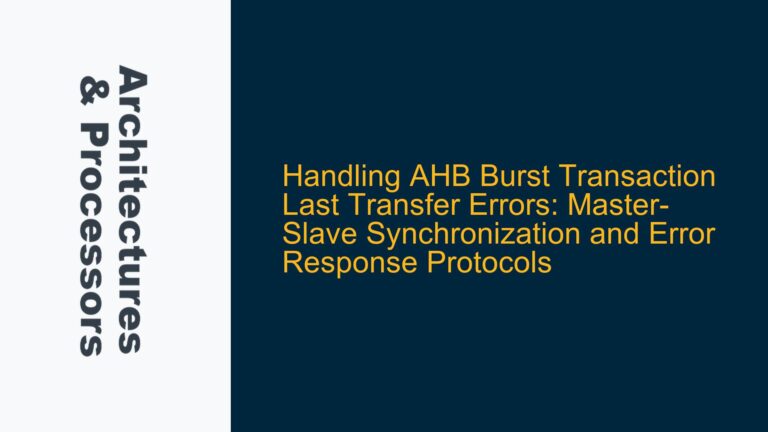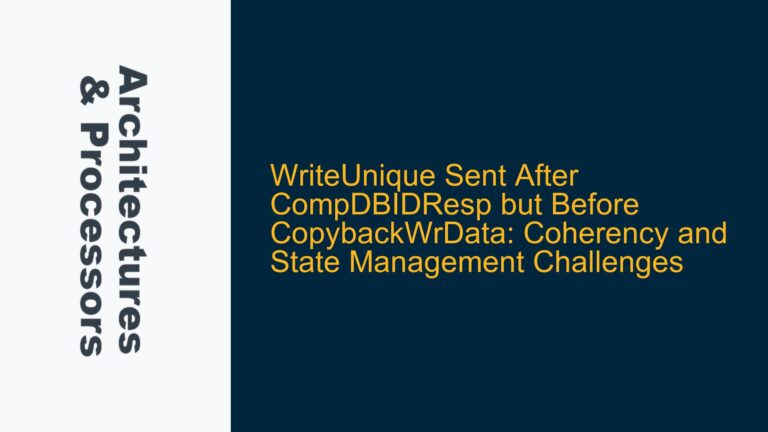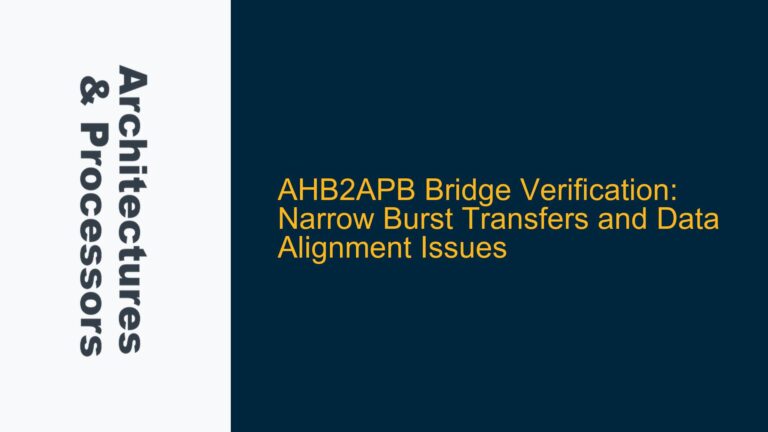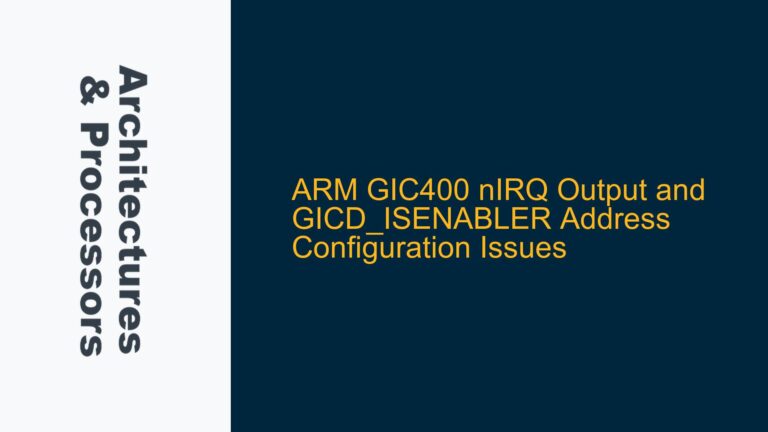Generating Tarmac Traces During Gate-Level Simulation for ARM Cortex-A53
ARM Cortex-A53 Tarmac Trace Generation in Gate-Level Simulation The generation of Tarmac traces during gate-level simulation for ARM Cortex-A53 processors is a complex but critical task for debugging and performance analysis. Tarmac traces provide a detailed log of the processor’s execution, including instruction flow, register updates, and memory accesses. While Tarmac traces are typically generated…
